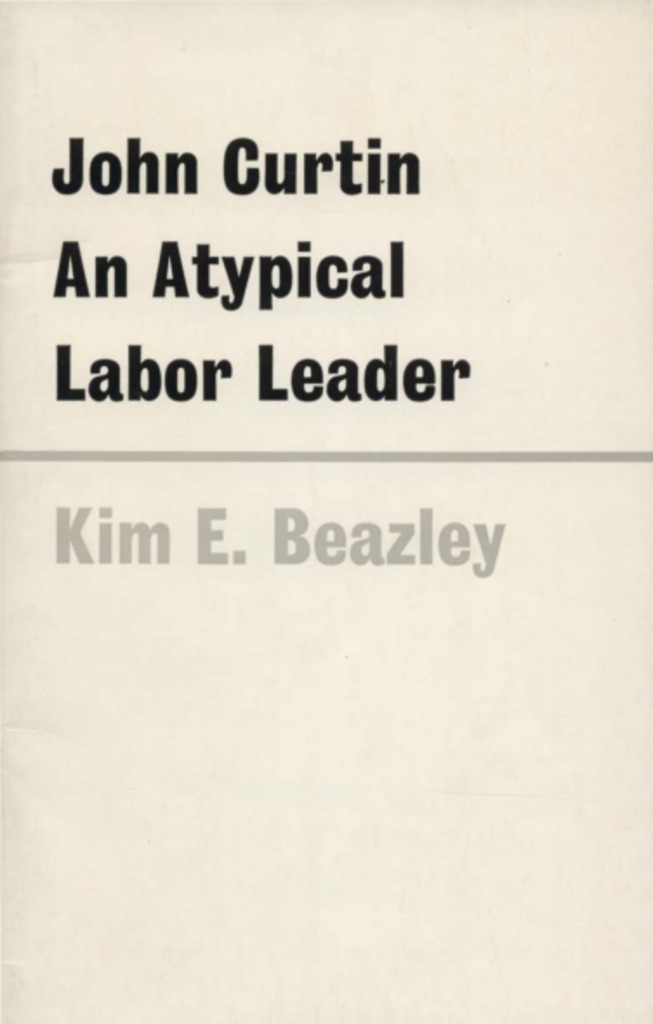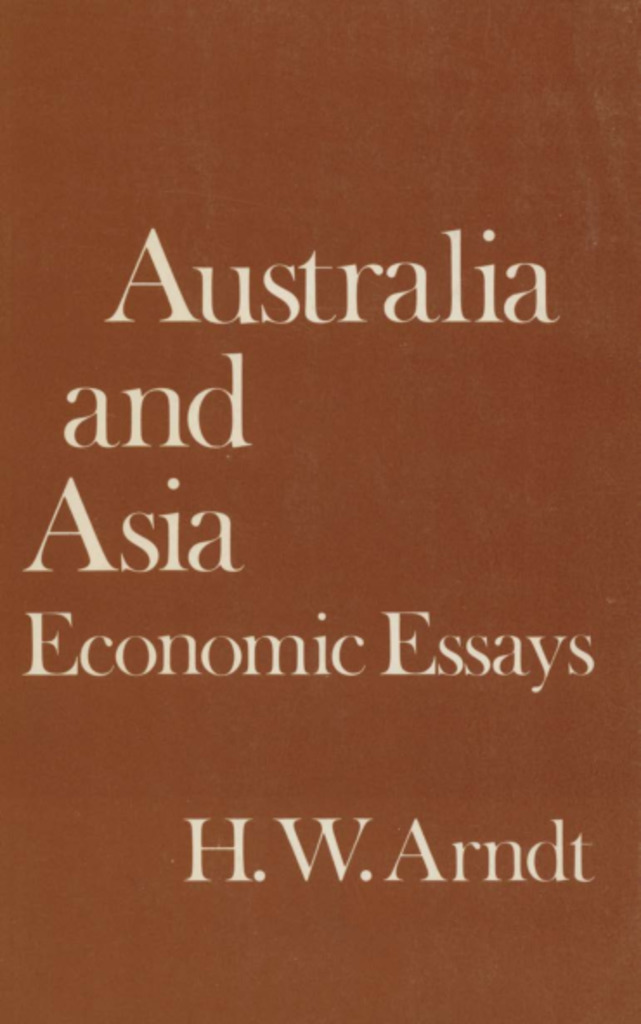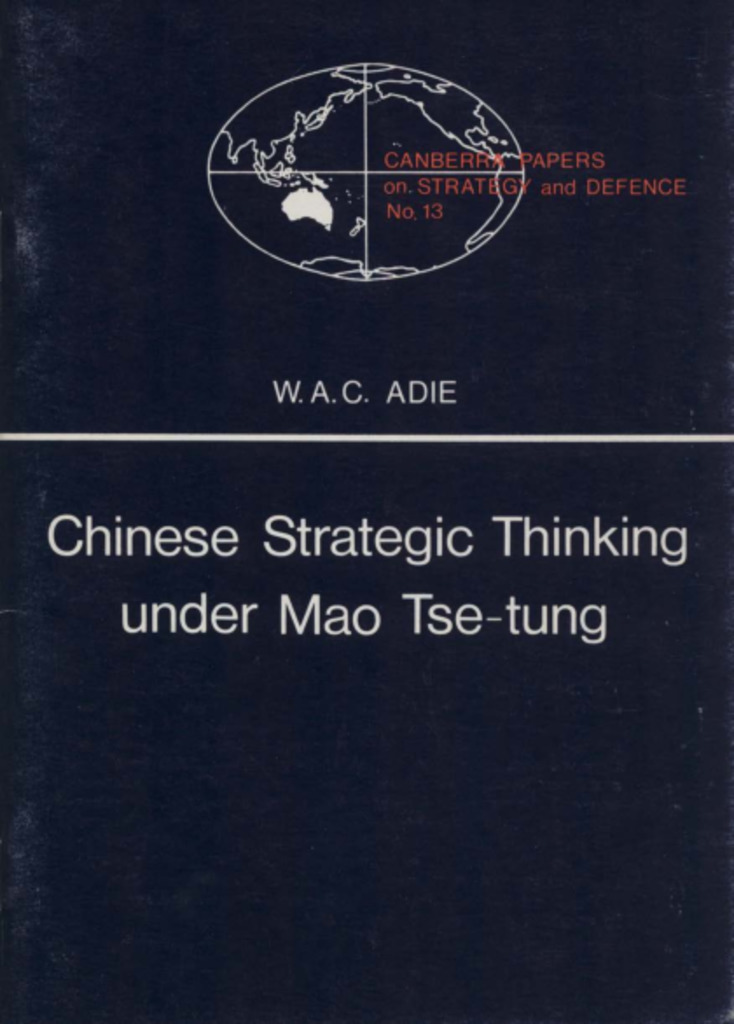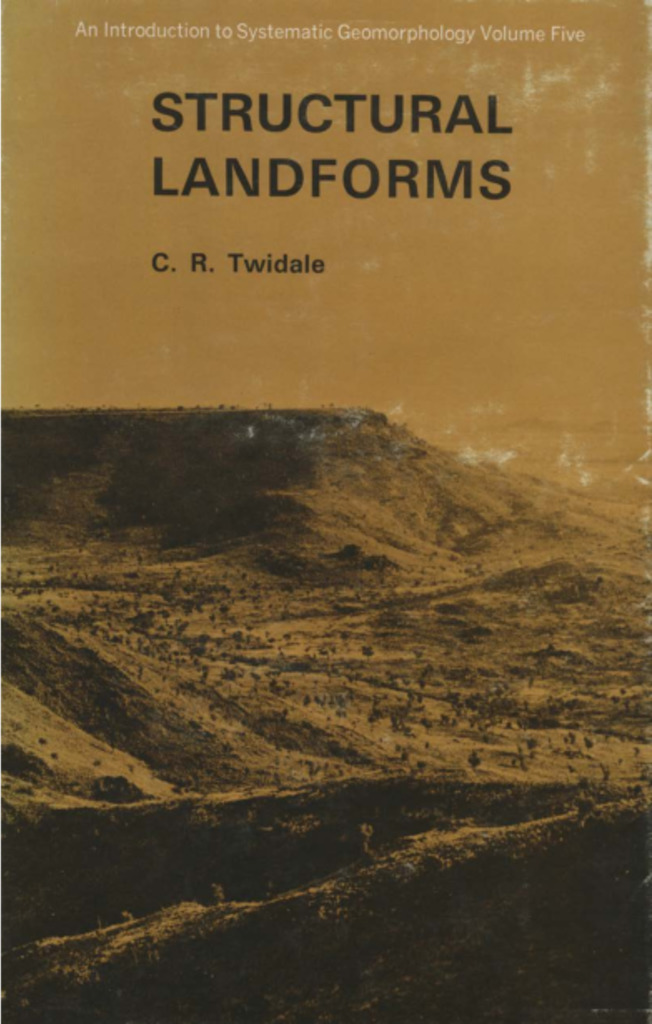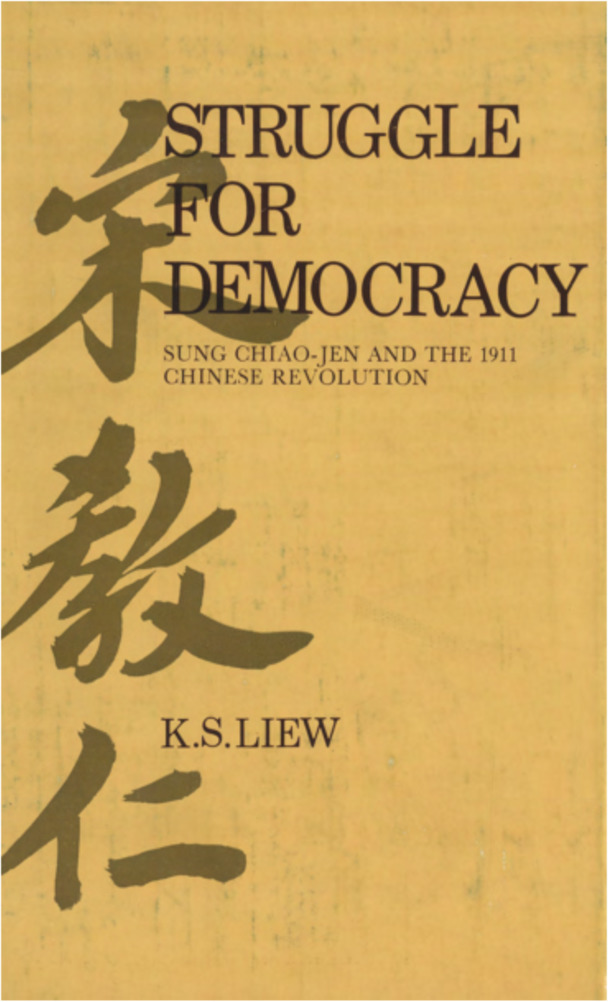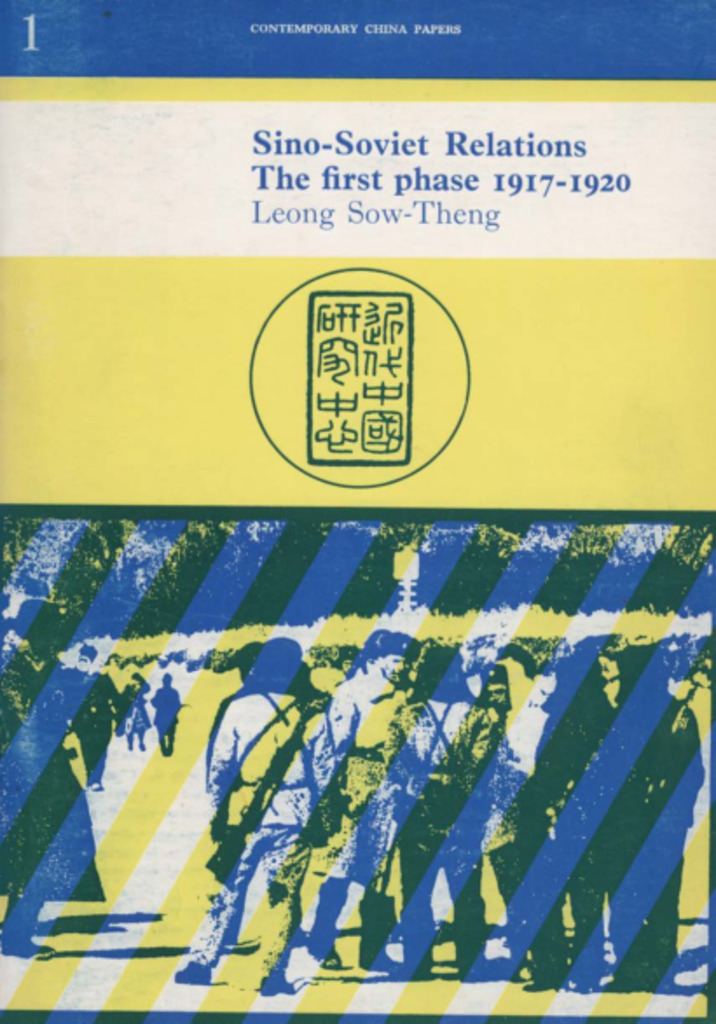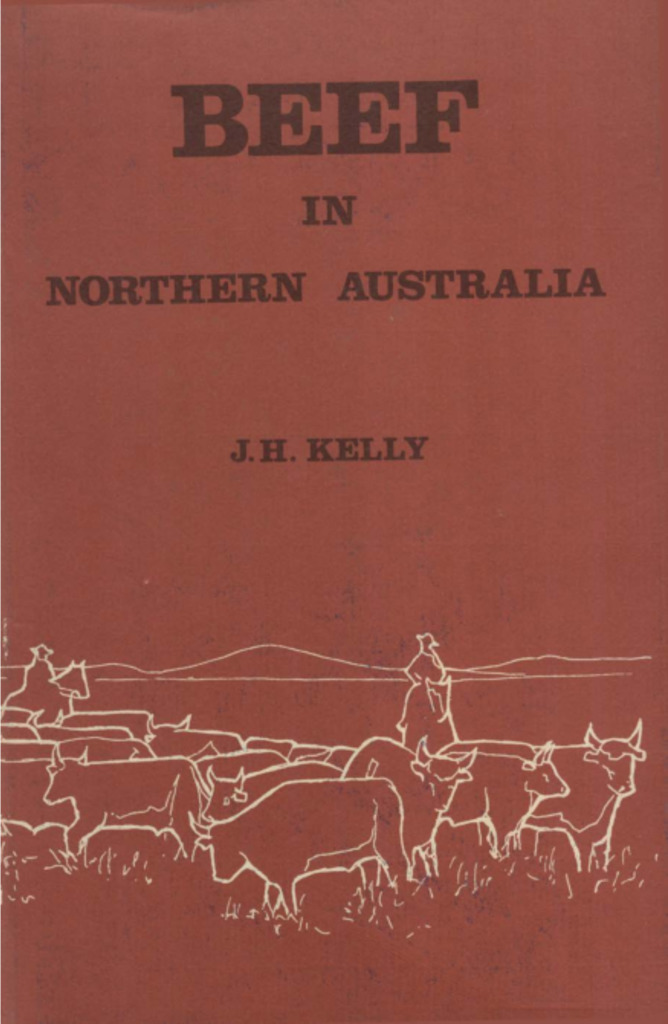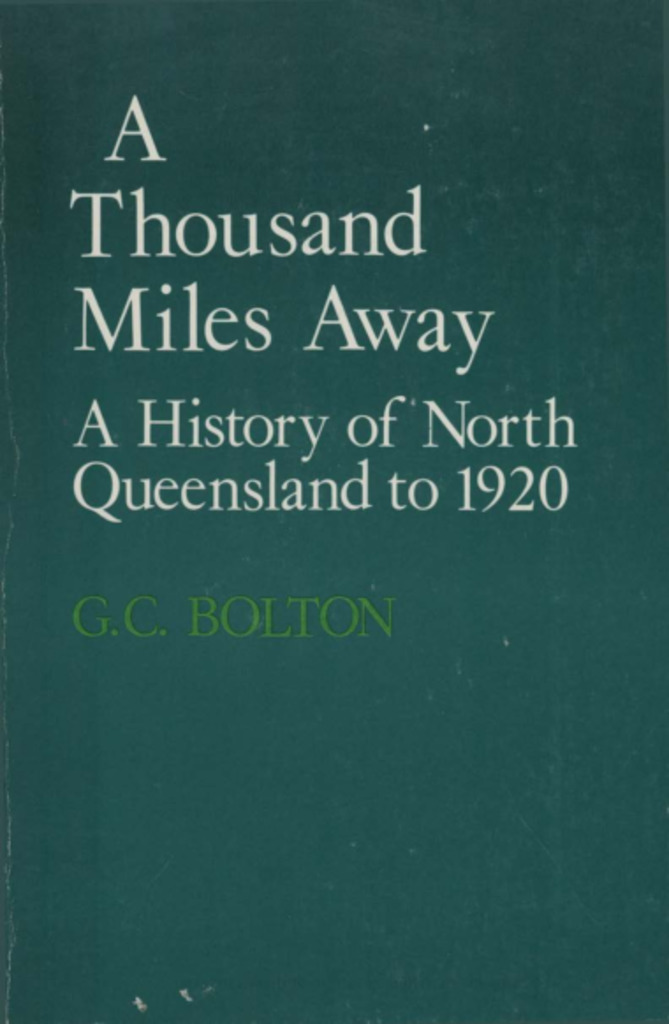
A thousand miles away: a history of North Queensland to 1920 »
Publication date: 1972
North Queensland is the most successful example in the British Commonwealth of a tropical region settled by Europeans. Here the Australian way of life has been transplanted almost intact. But one hundred years ago, when North Queensland was settled, it was taken for granted that white men could not work in the tropics. Sugar plantations were founded on imported Pacific Island labour. Meanwhile, inland North Queensland was developed by squatters and miners whose way of thinking differed widely from the planters. How could these two traditions exist together in one community? How was the prosperity of North Queensland reconciled with the White Australia policy? In the first two generations of settlement, from 1861 to 1920, these questions were posed and answered. Professor Bolton draws on sources ranging from reports of government departments to the reminiscences of old residents to trace the social, economic, political, and human story of the early settlement of North Queensland. Since it was first published in 1963, this account of the realities of pioneering has proved so popular that it is now in its third impression.
